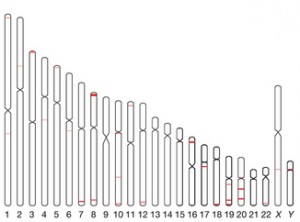The 2012 Nobel Prize in Medicine was awarded to Shinya Yamanaka and John Gurdon for the discovery that differentiated cells in the body can be reprogrammed. This finding led to the development of “induced pluripotent stem cells.â€
These cells were once skin or blood cells. Through a process of artificial reprogramming in the lab, scientists wipe these cells’ slates clean and return them to a state very similar to that of embryonic stem cells. But not exactly the same.
It has become clear that iPS cells can retain some memories of their previous state. This can make it easier to change an iPS cell that used to be a blood cell (for example) back into a blood cell, compared to turning it into another type of cell. The finding raised questions about iPS cells’ stability and whether http://www.troakley.com/ iPS cell generation – still a relatively new technique – would need some revamping for eventual clinical use.

Chromosomal hotspots where iPS cells differ from ES cells
It turns out that iPS cells and embryonic stem cells have differing patterns of methylation, a modification of DNA that can alter how genes behave even if the underlying DNA sequence remains the same. Some of these differences are the same in all iPS cells and some are unique for each batch of reprogrammed cells.
Read more





